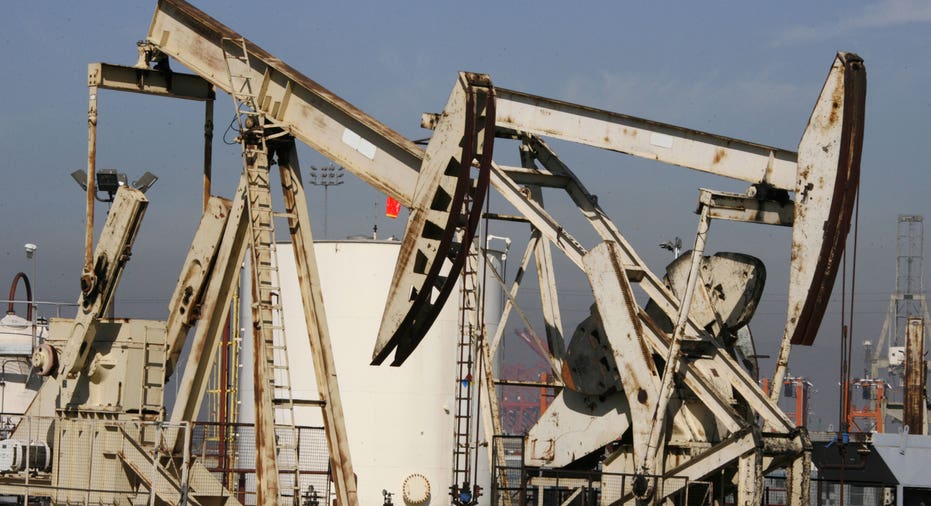Oil settles lower as U.S. crude output up, China imports down

Oil prices settled slightly lower on Wednesday after U.S. government data showed rising domestic crude production, a surprise build in U.S. stockpiles and a decline in monthly Chinese crude imports, a triple blow that was offset somewhat by rising tensions in the Middle East.
Brent futures fell 20 cents, or 0.3 percent, to settle at $63.49 a barrel, while U.S. West Texas Intermediate crude fell 39 cents, or 0.7 percent, to settle at $56.81 per barrel.
The U.S. Energy Information Administration (EIA) said in a report that U.S. crude production rose to 9.620 million barrels per day during the week of Nov. 3, the highest weekly output on record according to federal energy data going back to 1983.
"The most notable thing in the EIA report was that production increased. We’re on our way to set record crude oil production in 2018," said Andrew Lipow, president of Lipow Oil Associates in Houston.
The current all-time high for average annual output was 9.637 million bpd in 1970, according to federal energy data.
The EIA also said crude stocks increased by 2.2 million barrels, shocking the market after analysts polled by Reuters had forecast a 2.9 million-barrel draw and industry group the American Petroleum Institute on Tuesday reported a decline of 1.6 million barrel.
China's October oil imports fell to just 7.3 million bpd from a near record-high of about 9 million bpd in September, according to data from the General Administration of Customs.
Traders said they were also watching escalating tensions in the Middle East, especially between regional rivals Saudi Arabia and Iran.
Brent crude hit $64.65 earlier this week, its highest since mid-2015, as political tensions in the Middle East escalated after a sweeping anti-corruption purge in top crude exporter Saudi Arabia, which in turn has confronted Iran over the conflict in Yemen.
Brent futures have gained around 14 percent in the last month alone, propelled largely by evidence that output cuts by OPEC and its partners are reducing the global oil glut.
"Stronger oil fundamentals and investor inflows have been the catalyst for higher oil prices, but adding further support now is a focus on several geopolitical risks that have been looming over oil markets for a while," said analysts at Citi.
The Organization of the Petroleum Exporting Countries' 2017 World Oil Outlook showed the group predicts demand for its crude will rise more slowly than previously expected in the next two years, as higher prices from its supply policy stimulate output growth from rival producers.
(Reporting by Scott DiSavino. Additional reporting by Amanda Cooper in London and Henning Gloystein and Jamie Freed in Singapore; editing by David Gregorio and Marguerita Choy)



















